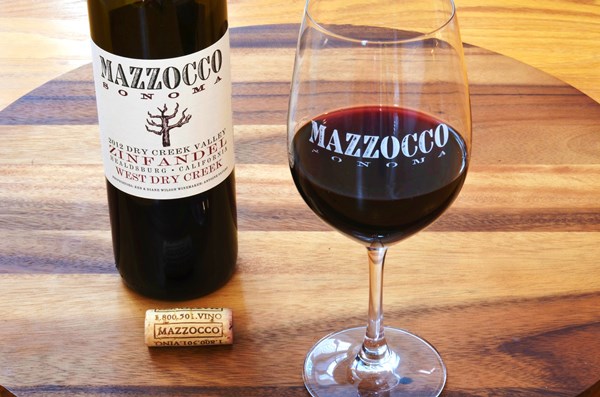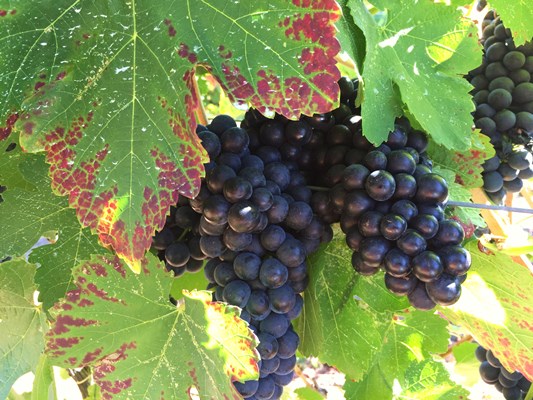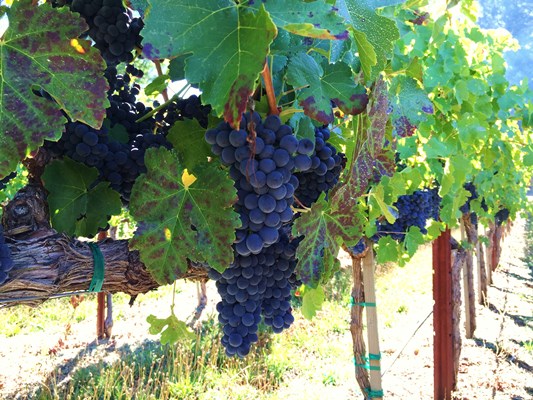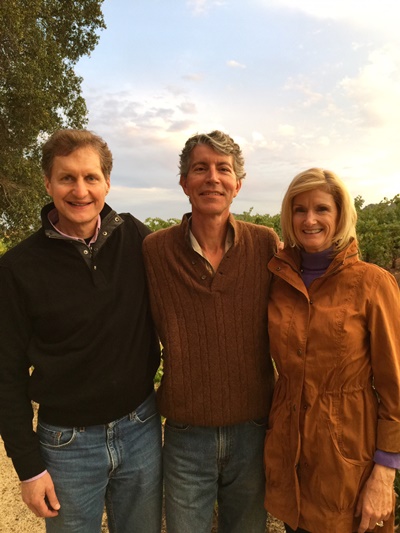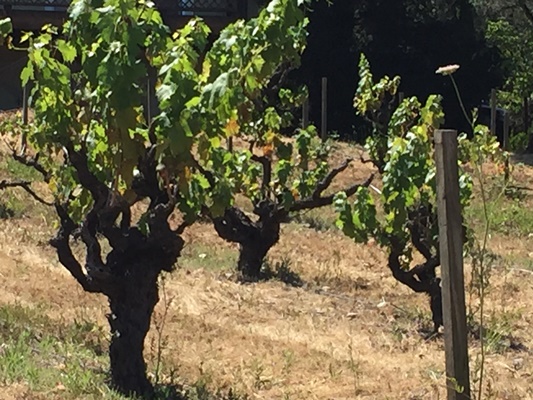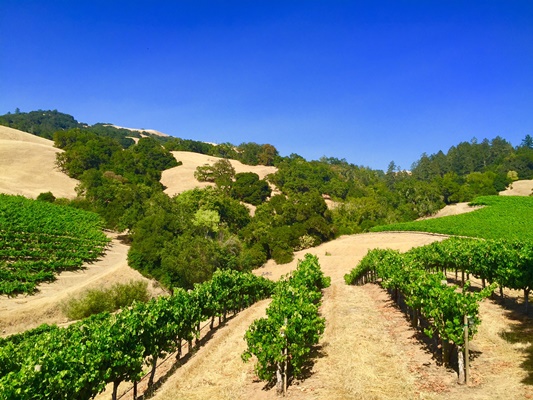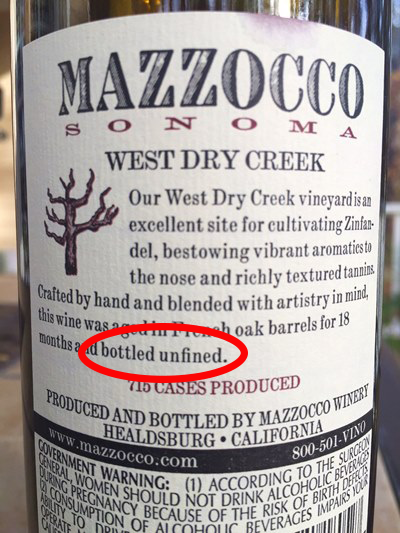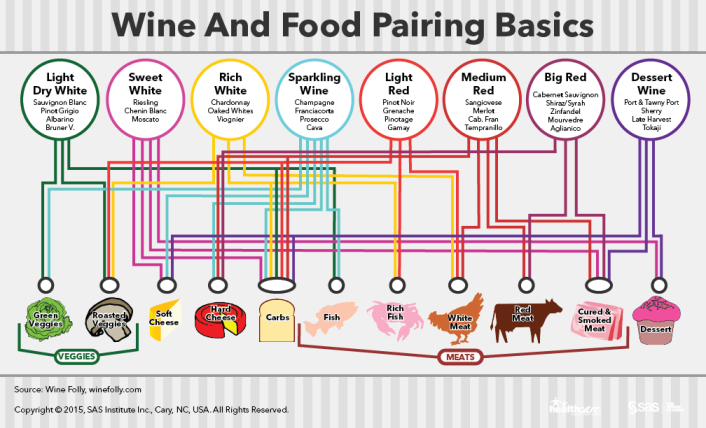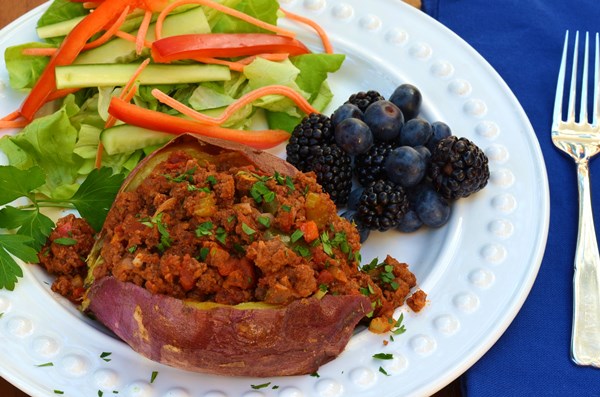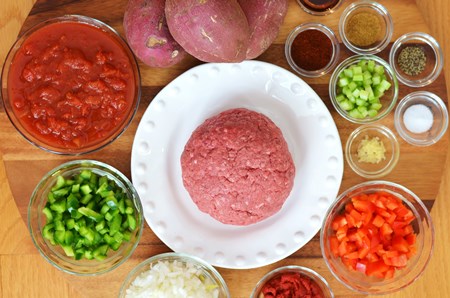In my previous blog post, I took you through the amazing adventure of Grape Camp in Sonoma, California. As you learned in that post, Sonoma Valley is near and dear to my heart because of its beautiful terrain, quaint boutique wineries, sustainable agricultural practices and, of course, it’s award winning wines. So, other than the obvious reasons, what is it about wine that gets the nutritionist in me so fired up?
It's "All About That Grape"
Achieving extra points on the Nutritionist’s happy scale is the fact that wine is made from Grapes, the Purple part of ROY G BIV!! Wine is as much about the grapes as it is the precious fermented juice. And, like the French, wine, for me, is an addition to a meal. The wine and food together create a synergy; they make each other taste more delicious.It's 'All About That Grape!' #saslife #grapetoglass Click To Tweet
So this is the story of wine and grapes and the many intricate “ingredients” that create the recipe for a great bottle of wine.
The Life of a Wine Grape
One of my most admired winemakers is Antoine Favero of Mazzocco Winery in Sonoma. Antoine is a gifted winemaker and grape whisperer who creates magic with his highly acclaimed Mazzocco Zinfandels that I have grown to love over the past 5 years. When asked how he makes his award winning wines, Antoine says, "The secret is gorgeous grapes.” Of course, it doesn’t hurt that he has a Viticulture and Enology degree from UC Davis, 30+ years of wine making experience and a well-honed natural instinct about grape growing. All of these factors contribute to the robust flavors of Antoine’s Zinfandel wines.
That’s Antoine in the middle with my husband and me. He is an awesome, humble person who has no idea he is my “Mick Jagger” of winemaking.
During Grape Camp, Antoine blessed us with some of his wisdom about winemaking and things that impact the grapes and the wine so I am happy to share them with you.
The Terroir
I learned a new word at Grape Camp – Terroir (pronounced Ter War) - which means the characteristic tastes and flavors imparted to a wine by the environment in which the grapes are grown. The terroir includes the soil, wind, air, temperature, rain, length of time the grapes are left on the vine, the wild life that co-habitat with the vines, the surrounding trees, amount of sunlight, amount of shade, altitude, the kind of fertilizer....... That’s a lot of influencers! We’ll examine a few of them.
The Soil
The soil the grapevines are grown in is an “ingredient” in the wine! You can plainly see that these samples of dirt are very different. So it is safe to assume that the nutrients and minerals in them are quite varied as well which means grapes grown in each of them taste distinctly different. Winemakers and grape growers have learned which kinds of dirt enhance which grapes the best. That’s pretty amazing!
Picture taken at Mauritson Winery in Sonoma
Age of the Vines
The age of the vines can impact the flavors in the grapes and wine as well. Young vines have shallower roots so they are drawing nutrients and flavors from a different level of soil than older vines that have longer roots going deeper into the earth. Also, older vines often do not produce as many grapes, so the grapes they do produce can be very rich in flavor because the energy from the plant is divided among fewer grapes. Sometimes, this may drive up the price of a certain wine because fewer grapes were harvested per acre from a vineyard of older grapevines that produce coveted grapes.
These pictures depict two different aged grapevines that each produce delicious grapes but with different flavor profiles. It’s up to the gifted winemaker to decide what to do with them.
The Amount of Water the Grapes Receive - Irrigation vs Dry Farming
The amount of water the grapevines receive during a growing cycle impacts the flavor in the grapes. Dry farming is a technique where no irrigation is used so the vine is on its own to find water. Notice how thick the bases of these grapevines are. They look like tree trunks! Less water stresses the vine which surprisingly creates intensely flavorful grapes. These vines produce fewer but often highly sought after grapes as the resulting wine can be amazing if the grapes end up in the right winemaker’s hands.
Altitude of the Vineyard
Alexander Valley, Sonoma
One of the outstanding characteristics of Sonoma is its varied landscape and different micro climates. Sonoma expands over marine areas, mountains and flats. There are 3 main AVAs (American Viticultural Areas) among the 16 AVAs spanning Sonoma County. The Russian River Valley, known for rich Pinot Noir and Chardonnay, is at a lower altitude that expands to the Pacific Ocean. The Dry Creek Valley is the inland flats and is well known for its hallmark Zinfandels. Alexander Valley offers very scenic, mountainous terrain and is most known for Cabernet and Chardonnay. Each of these AVAs boast different daytime and night time temps as well as rainfall, all of which impact the flavor of the grapes.
Wild Fermentation
Grape growers and winemakers who use organic practices rely on the wild yeasts native to the terroir of the vineyard for fermentation of the grapes to make wine. The yeasts indigenous to a particular vineyard are an important part of what gives the resulting wines their character.
In conventional grape farming, the fertilizers used on the grapes can kill off the natural yeast on the skins of the grapes. So, the winemaker will need to add commercially produced yeast to cause fermentation of the grape juice to make wine.
Antoine does not add any yeast to his wines. He says that there is plenty of yeast in nature and if handled properly, the grape juice, skins and seeds will ferment beautifully on their own.
For those who appreciate sustainable, organic practices even in grape growing and wine making, check out these articles on Wild Fermentation.
Fining Agents
Fining agents are substances added to wines to remove unwanted juice or wine components that negatively affect the clarification, astringency, color, bitterness and aroma of the wine. The need to “fine” wines can be an indicator that there may be a problem in the vineyard or winemaking process. Fining agents added to the wine can include egg whites, bentonite clay, gelatin, casein, silica and kaolin. Though used to improve the end result of the wine, fining agents can negatively impact the flavor of the wine or worse, they may impact how you feel after you drink the wine. Fining is not uncommon at larger wineries that produce tens of thousands of cases of one wine because it can cut down on production time. Many smaller wineries and winemakers, like Antoine, make fewer cases and do not add fining agents.
Note: If you have always assumed it was the sulfites in wine that bother you, you may be surprised to find that it could be the fining agents that are causing your negative reaction. Try an unfined wine and see if you notice a difference. It’s often noted on the wine label if it is unfined. Or, you can ask the winemaker if you’re fortunate enough to meet him or her.
Wine label from Mazzocco West Dry Creek Zinfandel – Unfined
Sustainable Farming Practices
In addition to wild fermentation, there are other sustainable, organic farming practices used by the wineries and vineyards in Sonoma that I hold dear, like Mazzocco and the other Wilson Artisan Wineries. Pesticides are avoided (unless absolutely necessary) and natural nutrients are used for fertilization, pest control and soil replenishment. Discarded grapes, seeds and skins are composted for a year and then added between the rows of grapevines to put vital nutrients back in the soil. A cover crop, like clover or fava beans, is then planted on top and later tilled into the soil. This practice also contributes to the terroir impacting the flavor of the grapes and wines produced.
Mounds of discarded grape skins and seeds composting for next year’s fertilizer and mulch
The Foods with Which You Pair the Wine
Have you ever noticed that sometimes your favorite wine tastes off the charts and other times it is mediocre? Well, there may be a reason for that. The art of wine pairing is not a new science. Wine sommeliers have nailed this down to a fine art. Now, there is nothing wrong with drinking your favorite wine with whatever you’re eating, but if you’re interested, there are certain food pairings that can make your wine taste extraordinary. Check out this wine pairing chart to see which dishes pair best with your favorite vino.
How Many Grapes Does it Take?
So, to summarize, the grapes are the star of this show that lead to the rich, fermented liquid we adore. To appreciate how important the grapes are, check out this chart to see how many grapes it takes to make a bottle of wine!
Sweet Potato Sloppy Joes
Adapted from: Paleo Newbie
Makes 6 Servings
We’ve been cutting out processed foods in our house and replacing them with whole foods straight from nature. This means eating less bread and pasta. You can achieve great flavors in recipes by using starchy vegetables like sweet potatoes and winter squashes instead of processed carbs like pasta and white rice. This recipe uses sweet potatoes instead of a hamburger bun for Sloppy Joes.
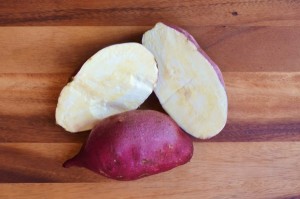 I discovered these Japanese white sweet potatoes last year that are grown on an organic farm right down the road from us in Sims, North Carolina. (These same sweet potatoes were in the Whole Foods Market in Manhattan, NY this summer so they are getting around!)
I discovered these Japanese white sweet potatoes last year that are grown on an organic farm right down the road from us in Sims, North Carolina. (These same sweet potatoes were in the Whole Foods Market in Manhattan, NY this summer so they are getting around!)
They are reddish purple on the outside and a buttery yellow on the inside when cooked. They are AMAZING! I used them in this recipe instead of orange sweet potatoes and I also use them under my homemade spaghetti sauce instead of pasta. Either white or orange sweet potatoes will make this recipe super yum!!
Ingredients
6 small or 3 large pre-baked sweet potatoes or yams
1 ½ lbs of 100% ground bison, grass-fed ground beef or free range ground turkey
½ medium onion, chopped
½ medium green bell pepper, chopped
½ medium red bell pepper, chopped
¼ cup of celery, chopped
1 clove of garlic, minced
1 tsp chili powder (original recipe called for 1 Tbsp)
½ tsp cumin (original recipe called for 1 tsp)
¼ tsp black pepper
¼ tsp sea salt
1 tsp honey or pure maple syrup (opt.)
1 (14.5 oz) can of diced tomatoes, with liquids
1 (6 oz) can of tomato paste
Directions
Pre-prep (night before or day of dinner):
- Pre-bake the sweet potatoes at 400° for 75 minutes the night before or cook them in the crockpot all day.
Main Prep
- Combine the meat, onions, bell peppers, celery and garlic in a skillet and cook until meat is brown and vegetables are tender.
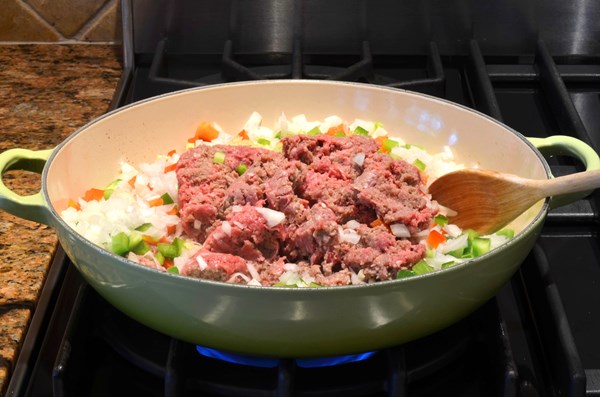

- Add the spices, salt, pepper and maple syrup or honey (opt.) to the skillet and stir thoroughly.
- Pour in the can of diced tomatoes with liquids and the tomato paste. Stir.


- Simmer all together on low for about 15 minutes.
- Cut sweet potatoes in half the long way about 2/3 of the way through and carefully smash the white center of the sweet potato to create a bowl (you can scoop out a portion of the sweet potato to form a little bowl and add it back on top once filled if you like). Fill the potato bowl with the sloppy joe mixture. Or, slice up each sweet potato into wedges and pour sloppy joe mixture over the top. Enjoy!
Nutrition Info per Serving (including one small or ½ large sweet potato, using lean ground bison): Cal: 308, Pro: 27 gm, Carbs: 32 gm, Fiber: 7 gm, Total Fat: 8.5 gm, Sat. Fat: 3 gm, Trans Fat: 0 gm, Chol: 62 mg, Sod: 467 mg
Click here for a printer-friendly version of this recipe.
Click here for a printer-friendly version of this blog post.
